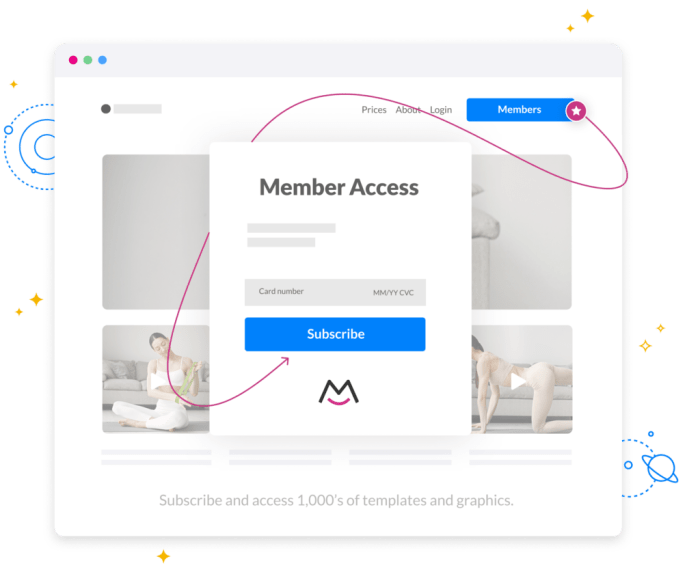Creating a Content Library takes center stage, inviting you into a world of knowledge where organization meets creativity. Get ready to explore the ins and outs of curating content like a pro.
Are you ready to dive into the world of content libraries and elevate your content game? Let’s get started!
What is a Content Library?

A content library is a centralized repository where businesses can store, organize, and manage various types of content such as articles, images, videos, and documents.
Having a content library is crucial for businesses as it allows easy access to a wealth of information that can be used for marketing campaigns, social media posts, website content, and more. It helps in maintaining brand consistency, saving time in content creation, and ensuring that the right content is delivered to the right audience at the right time.
Types of Content in a Content Library, Creating a Content Library
- Articles: Written content such as blog posts, news updates, and industry insights.
- Images: Visual assets including photos, infographics, and illustrations.
- Videos: Motion graphics, tutorials, product demos, and promotional videos.
- Documents: Whitepapers, case studies, e-books, and guides.
Benefits of Creating a Content Library
Creating a content library comes with a plethora of advantages that can significantly enhance content management for individuals and businesses alike.
Streamlining Content Creation Processes
- Centralized Storage: A content library provides a single, organized location for all your content assets, making it easier to find and reuse them for future projects.
- Efficient Collaboration: Team members can access and contribute to the content library, ensuring everyone is on the same page and reducing miscommunication.
- Consistent Branding: With a content library, you can maintain brand consistency across all your content pieces by utilizing approved templates, guidelines, and assets.
Improving Content Organization and Accessibility
- Easy Retrieval: By categorizing and tagging content in a library, you can quickly locate specific pieces when needed, saving time and effort.
- Version Control: Content libraries often offer versioning capabilities, allowing you to track changes, revert to previous versions, and avoid confusion over the latest updates.
- Enhanced Security: Storing content in a centralized library with access controls ensures that sensitive information is safeguarded and only available to authorized users.
Components of a Content Library
Creating a content library involves several key components that are essential for organizing and managing your content effectively. These components help in improving content discoverability and accessibility for users.
Metadata
Metadata plays a crucial role in enhancing content discoverability within a content library. By adding relevant metadata such as titles, descriptions, s, and tags to each piece of content, you can provide additional information that helps users find what they are looking for more easily.
- Titles: Clearly define the topic or subject of the content.
- Descriptions: Provide a brief summary of the content to give users an overview.
- s: Include relevant s that users might use in their search queries.
- Tags: Categorize content based on themes, topics, or other relevant criteria.
Categorization and Tagging
Organizing content within a content library involves categorization and tagging to ensure content is structured and searchable. Categorization helps in grouping related content together, while tagging allows for more detailed classification based on specific attributes.
Categorization helps in organizing content into broader categories, while tagging provides more granular details for precise filtering and searching.
- Categorization: Group content into main categories or topics for easy navigation.
- Tagging: Add specific tags to each piece of content to enable advanced search and filtering options.
Strategies for Building a Content Library

Building a content library is crucial for any organization looking to establish a strong online presence and engage with their target audience effectively. Here are some step-by-step strategies to help you kickstart the process:
1. Define Your Goals
- Start by clearly defining the purpose of your content library. Determine what you aim to achieve with it, whether it’s increasing brand awareness, driving traffic to your website, or educating your audience.
- Set specific and measurable goals to track the success of your content library over time.
2. Identify Your Target Audience
- Understand who your target audience is and what type of content they are interested in consuming.
- Segment your audience based on demographics, interests, and behavior to tailor your content to their preferences.
3. Create a Content Calendar
- Develop a content calendar outlining the topics, formats, and publishing schedule for your content library.
- Plan ahead to ensure a consistent flow of content that aligns with your overall marketing strategy.
4. Curate Relevant and High-Quality Content
- Collect a variety of content types, including blog posts, videos, infographics, and webinars, to cater to different audience preferences.
- Ensure that your content is well-researched, engaging, and provides value to your audience.
5. Regularly Update and Maintain Your Content
- Keep your content library up to date by refreshing existing content, removing outdated information, and adding new materials regularly.
- Monitor the performance of your content and make adjustments based on audience feedback and analytics data.






